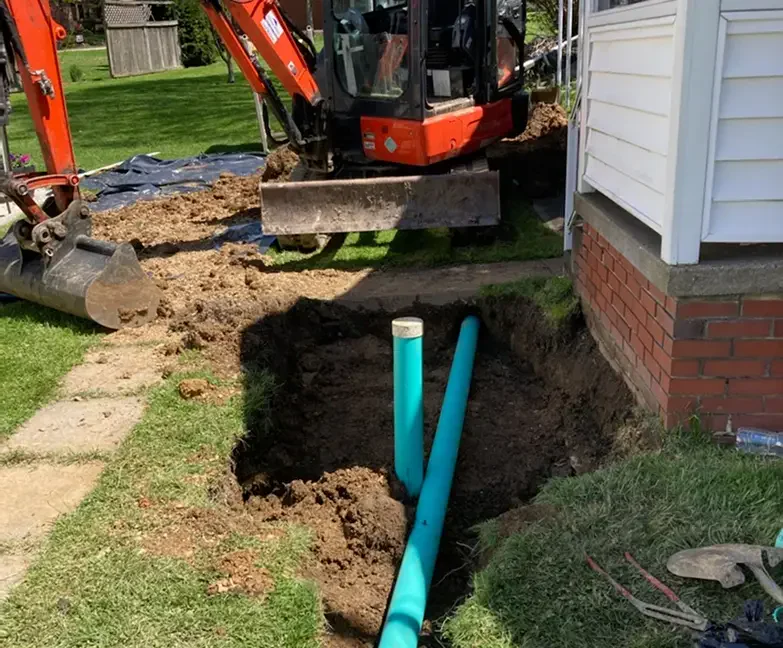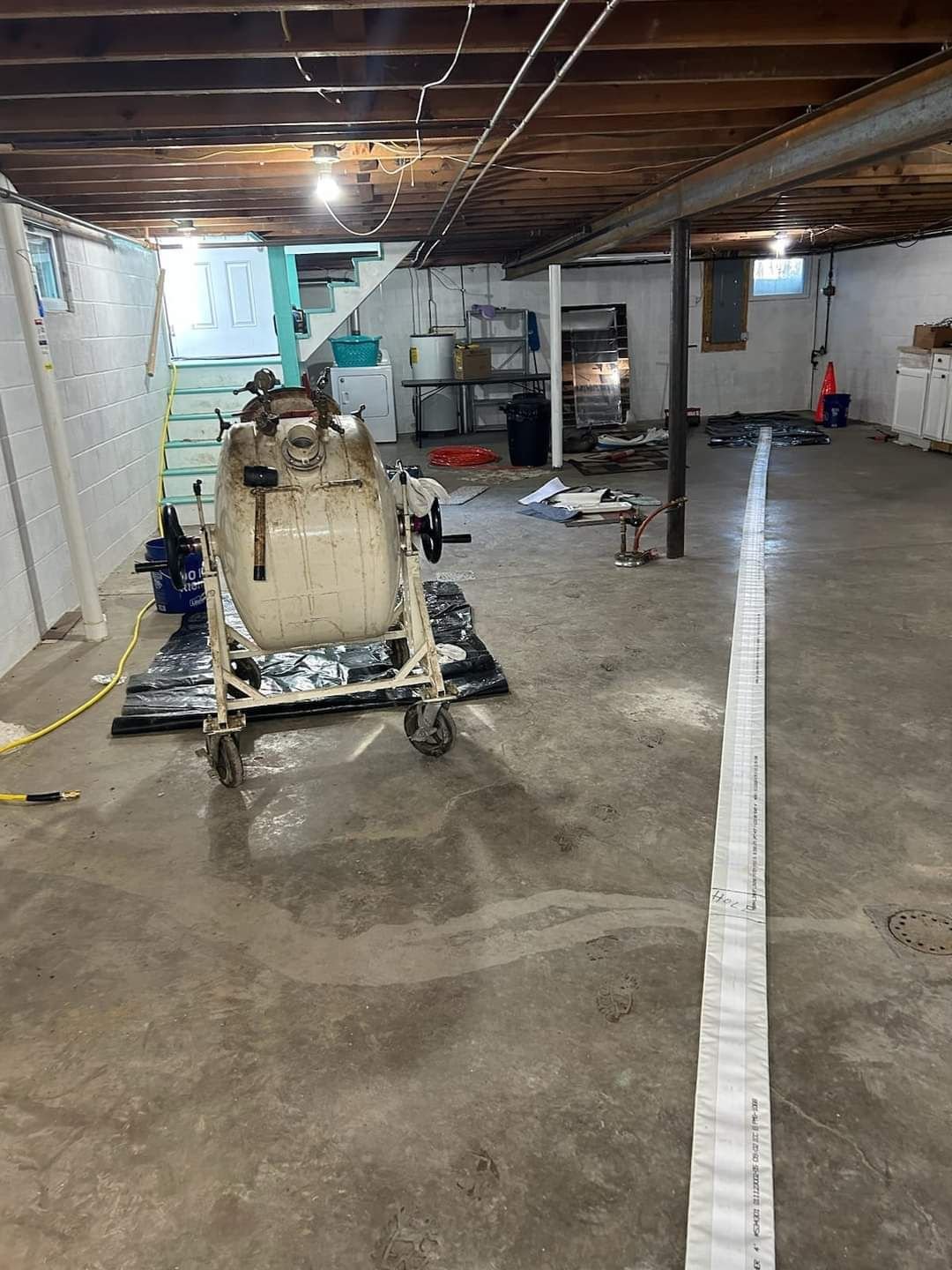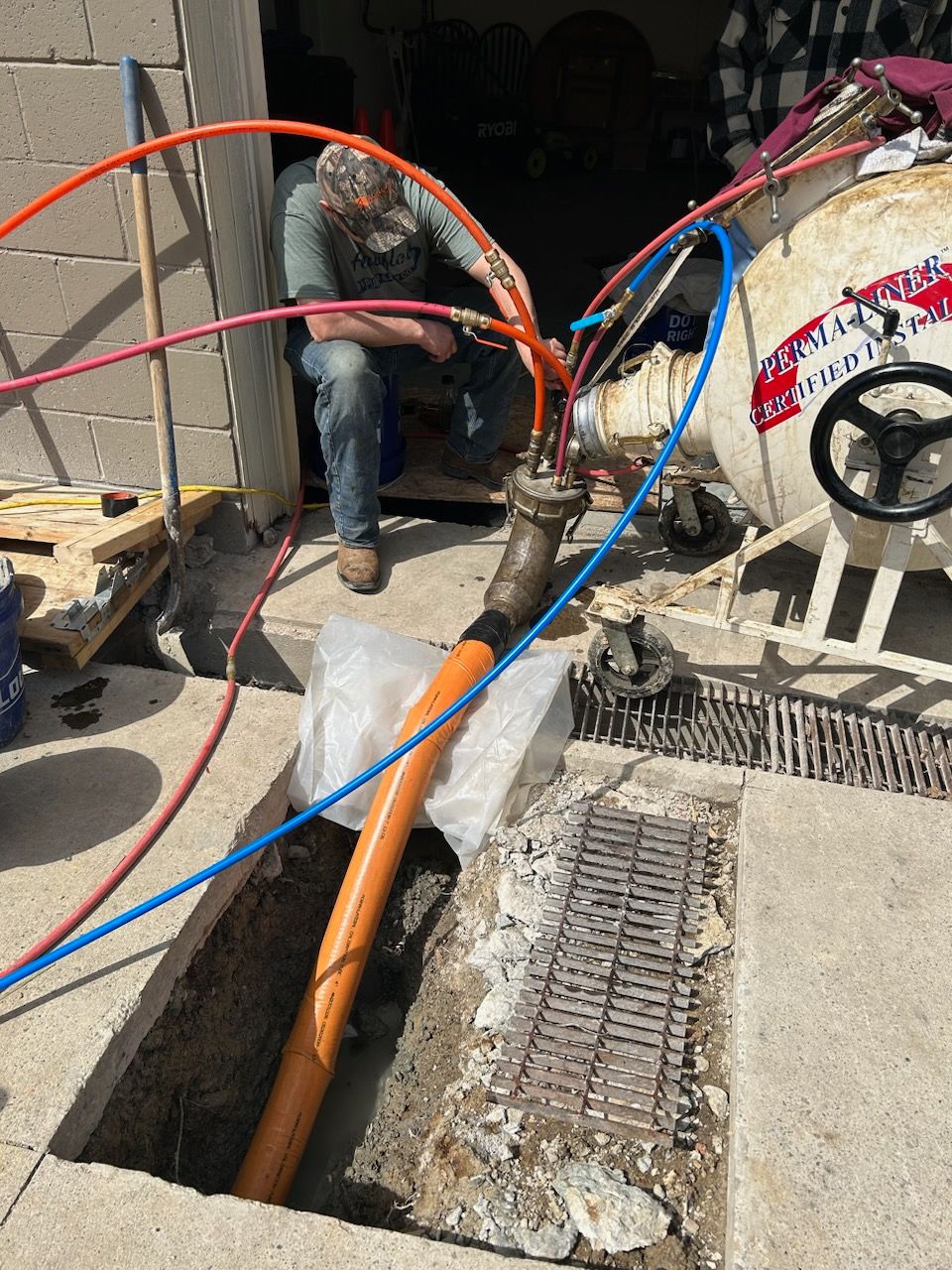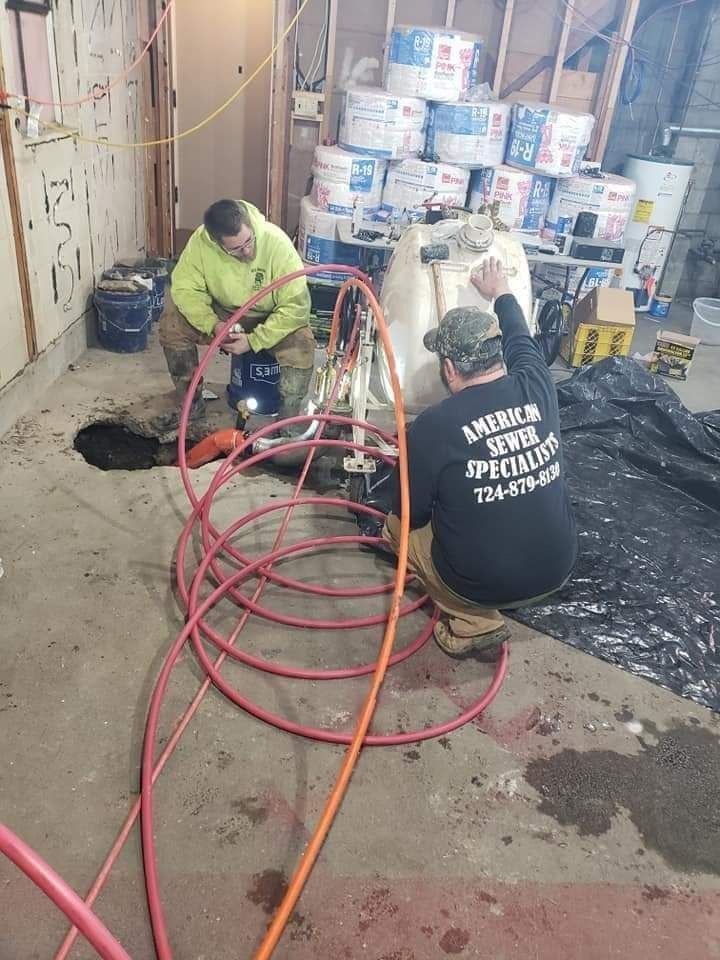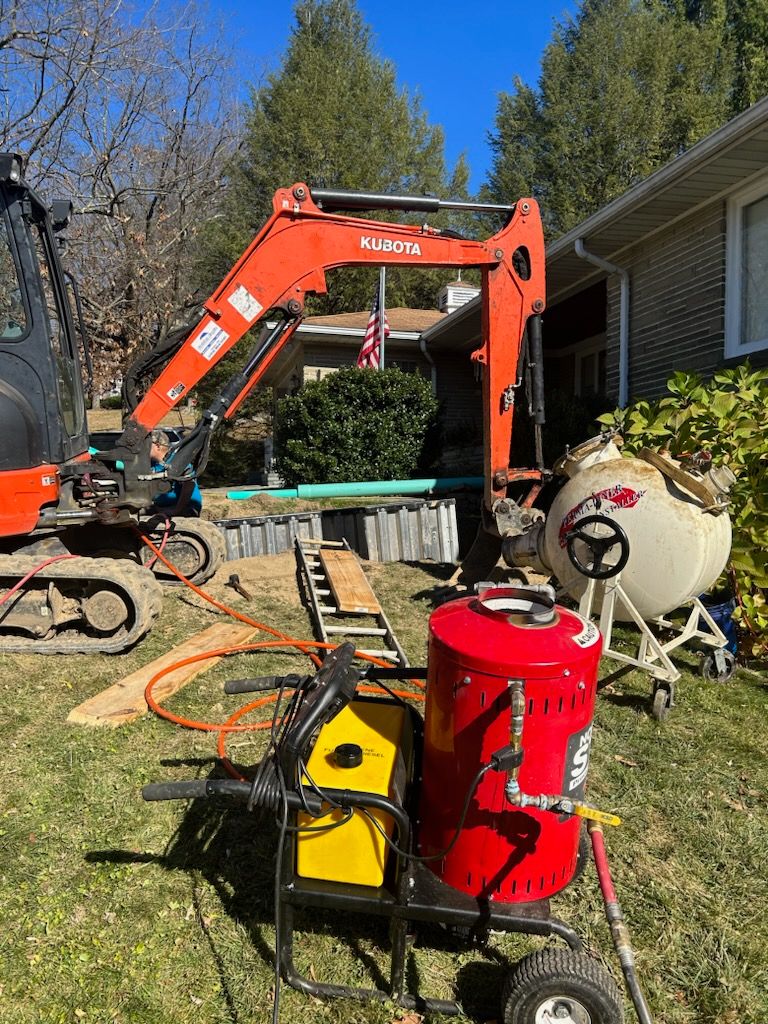Your worst nightmare has come true: after noticing that your toilet isn’t flushing properly, you discover a distinct (and disgusting) smell coming from your suddenly flooded backyard. Visions of sky-high sewer repair costs and dug-up yards flit through your mind as you realize you’re going to have someone come out to perform a sewer line inspection.
Fortunately for you, you’re only half right. You are going to need to contact a professional skilled at managing and repairing sewer lines, but crazy costs and torn-apart backyards are a thing of the past. With trenchless sewer repair, specialists are able to fix the problem from the inside out — but just how are they capable of such a feat?
A Clean And Easy Process
Let’s walk through what you can expect from trenchless sewer repair.
- First, your repairman will need to locate the problem. They’ll access your main sewer line and will perform a thorough camera inspection; this also helps determine the severity of the damage.
- Next, your plumber will access the line at its shallowest point (usually either outside your home where the line enters or in your basement). Hydrojetting is used to clear the line.
- Whether the damage is in a single spot or in your sewer lining, your plumber will use cured-in-place pipe (CIPP) — a type of resin that hardens (a.k.a., “cures”) between one to 30 hours depending on pipe size — to patch it. They only rely on the singular access point to perform repairs, so consider your backyard safe!
After the camera ensure the CIPP was placed properly, it is left to cure. Your plumber will come back to perform another camera inspection: if the problem is fixed, your sewer system is good to go, no waiting or frustration required.
Trenchless sewer repair takes the unknown out of the equation. With only a minimal amount of your yard (if that) being disturbed, you can get back to life –and back to normal — in no time at all. However, prevention is key: resist the urge to flush things that aren’t supposed to be flushed, and hopefully, you’ll never have to call a sewer specialist in the first place.
Categories
Related Posts





